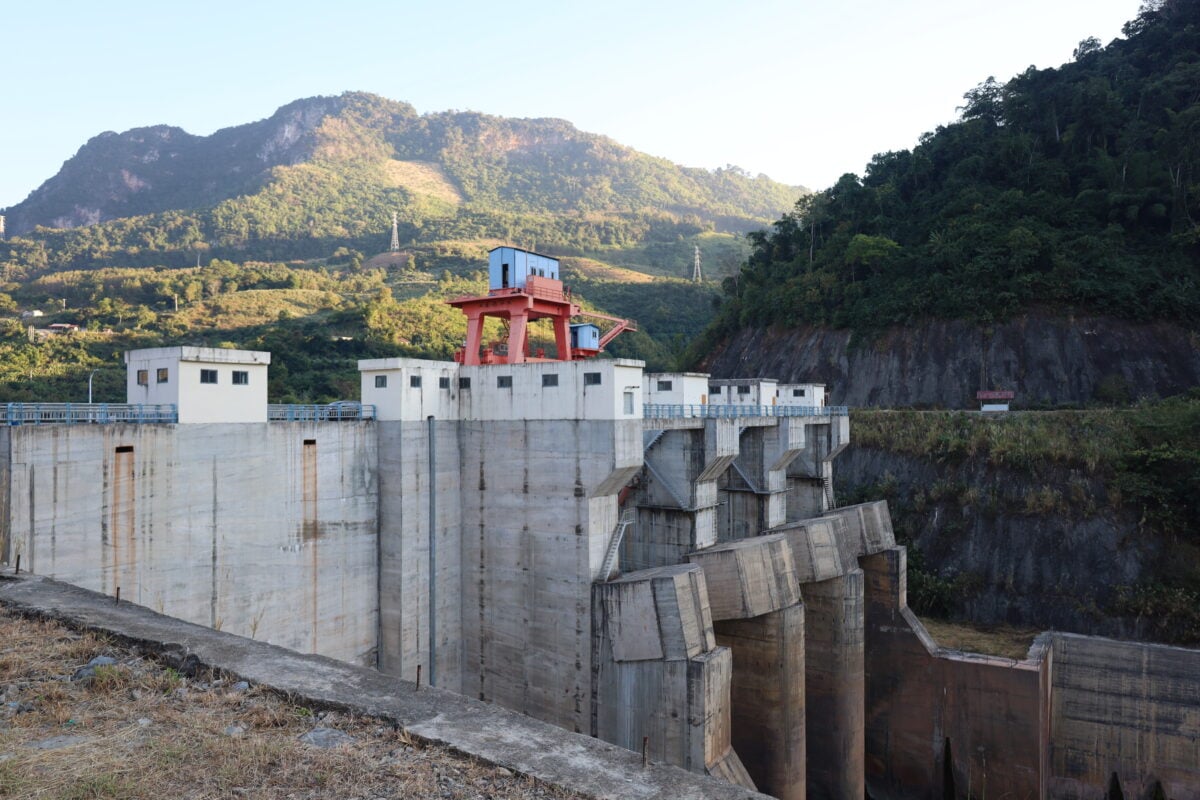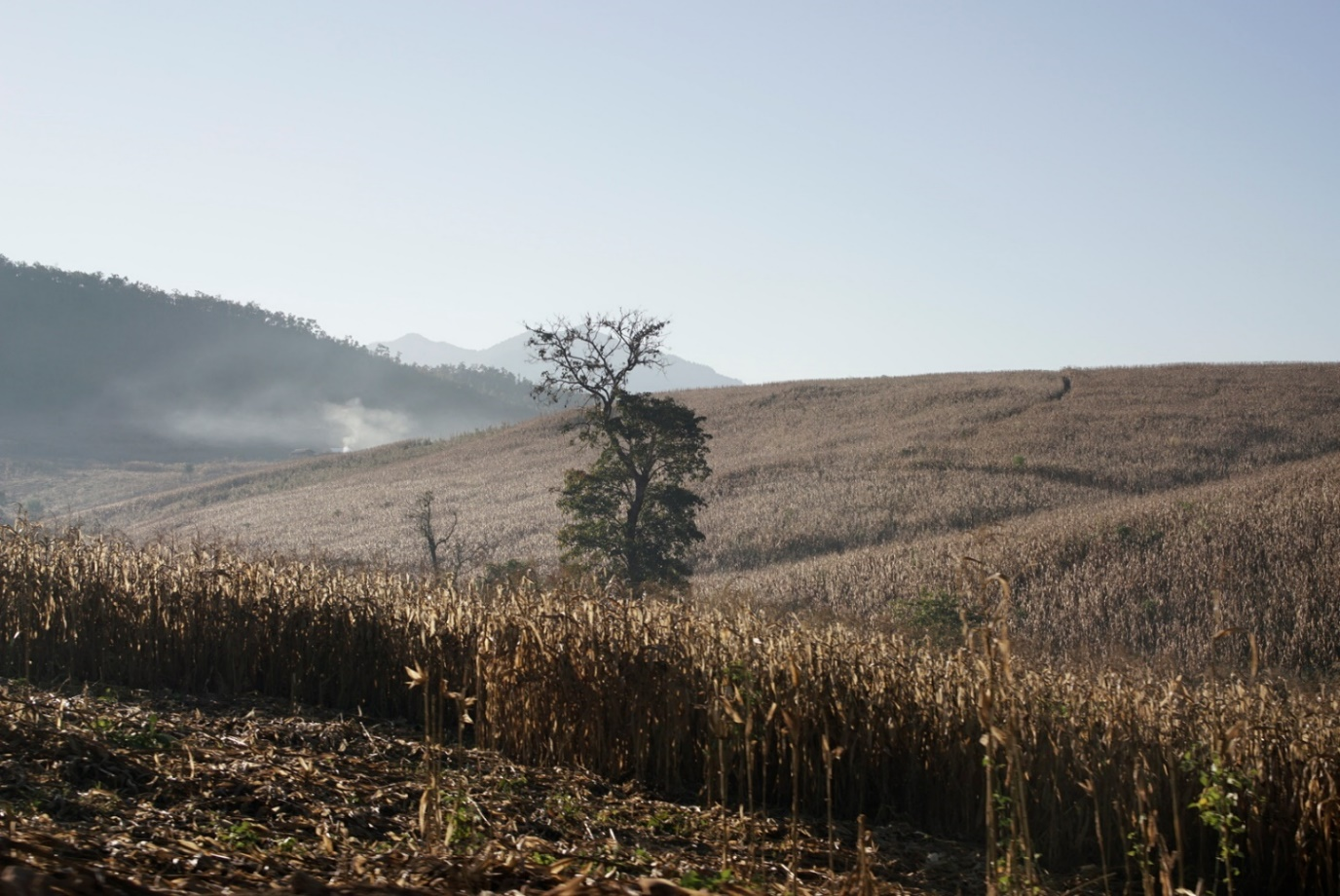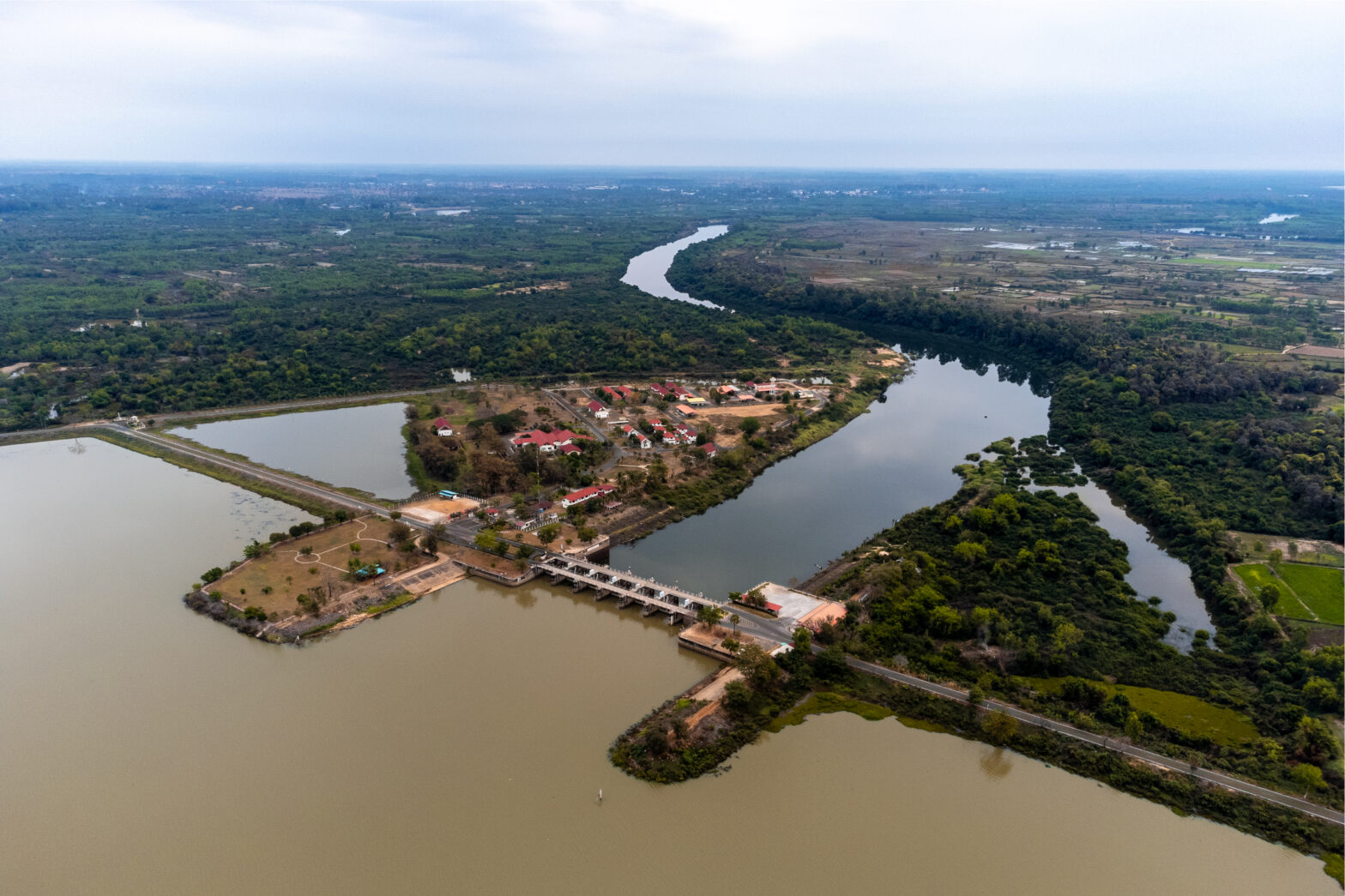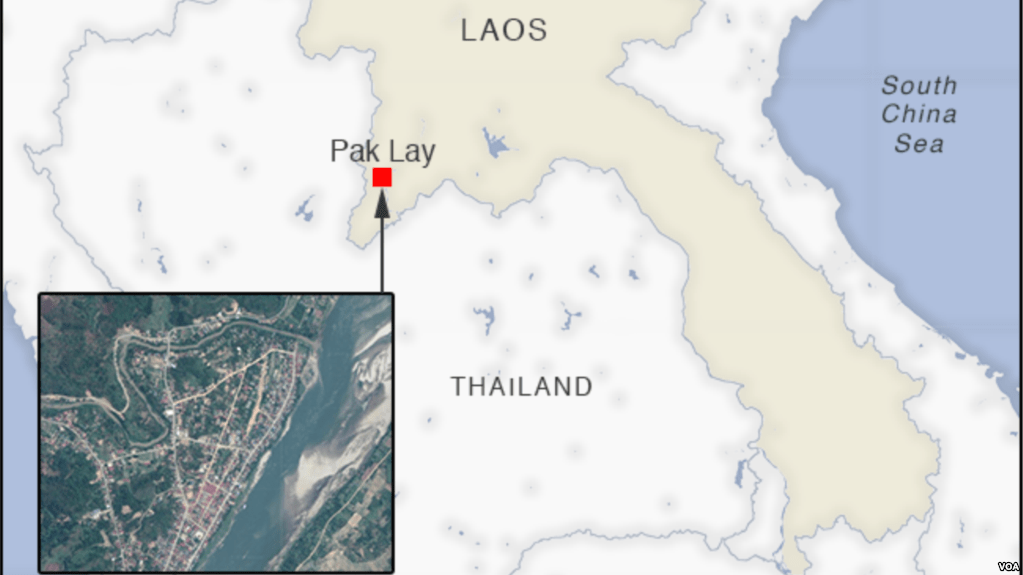LUANG PRABANG, LAOS – Almost 13 years after the relocation of villagers for the Nam Khan 3 hydropower plant, many displaced residents continue to rebuild their lives – as the dam’s operator considers turning the area into a tourist destination.
Back in June 2012, Top*, from Samakkhyxay village, had to leave his home as part of the government’s resettlement plan to make way for the Nam Khan 3 Hydropower Plant.
The dam is one of three built on the Nam Khan River, a major tributary of the Mekong that converges in Luang Prabang province.
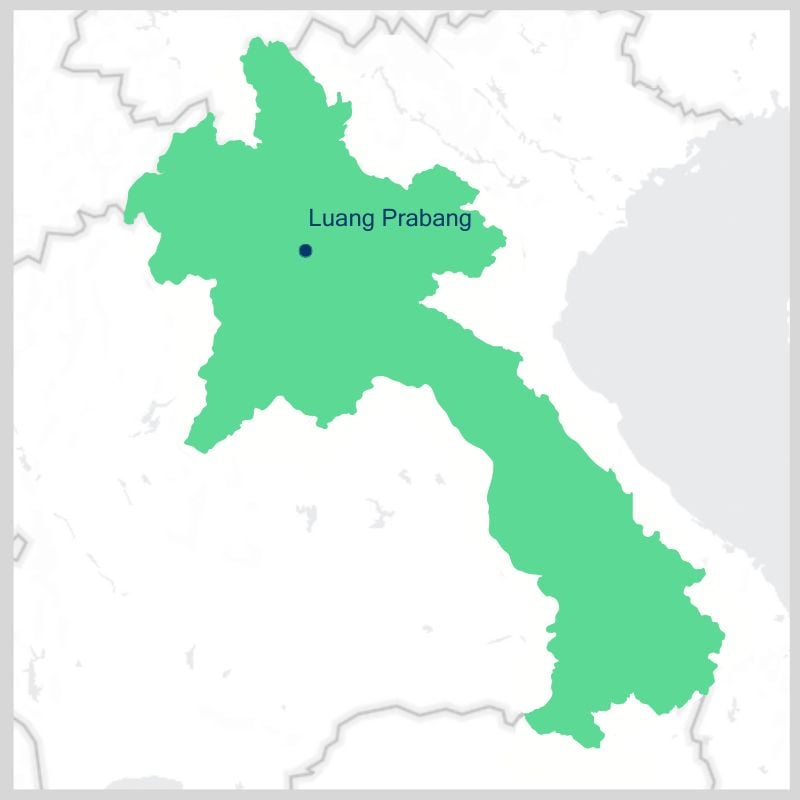
It required a catchment area of more than 7,000 square kilometers, inundating the homes of 650 families from 10 villages in the Phoukhoun and Phonexay districts.
More than a decade later, many of these families continue to adjust to their new lives, making the dam stand as both a symbol of progress and a reminder of the complex trade-offs between development and the local livelihoods.
For Top, now 42, the change caused a major disruption to his peaceful life.
Sitting on the porch of his new two-story house, Top reflected on the emotional toll of leaving his ancestral home, while recognizing the broader benefits the dam had brought.
“At first, I was unhappy to leave,” he said, “but the EDL staff explained it was for the good of the province. They helped us move, built new homes, donated to schools, provided jobs and even taught our children to swim.”
Électricité du Laos (EDL), the state-owned corporation managing the country’s electricity generation and distribution, owns the Nam Khan 3 Hydropower Plant. A subsidiary, EDL-Generation Public Company (EDL-Gen), is now overseeing the project and relocation of villagers.
The Nam Khan 3 Hydropower Plant, which started operation on June 25, 2016, has a capacity of 60 megawatts, producing about 240 GWh annually to supply power to northern Laos.
The dam was funded by a US$127.77 million investment, with 95% of the funds coming from the Export-Import Bank of China and the remainder provided by the Lao Electric Power Company. The project was financed through a 20-year loan at a 5% annual interest rate.
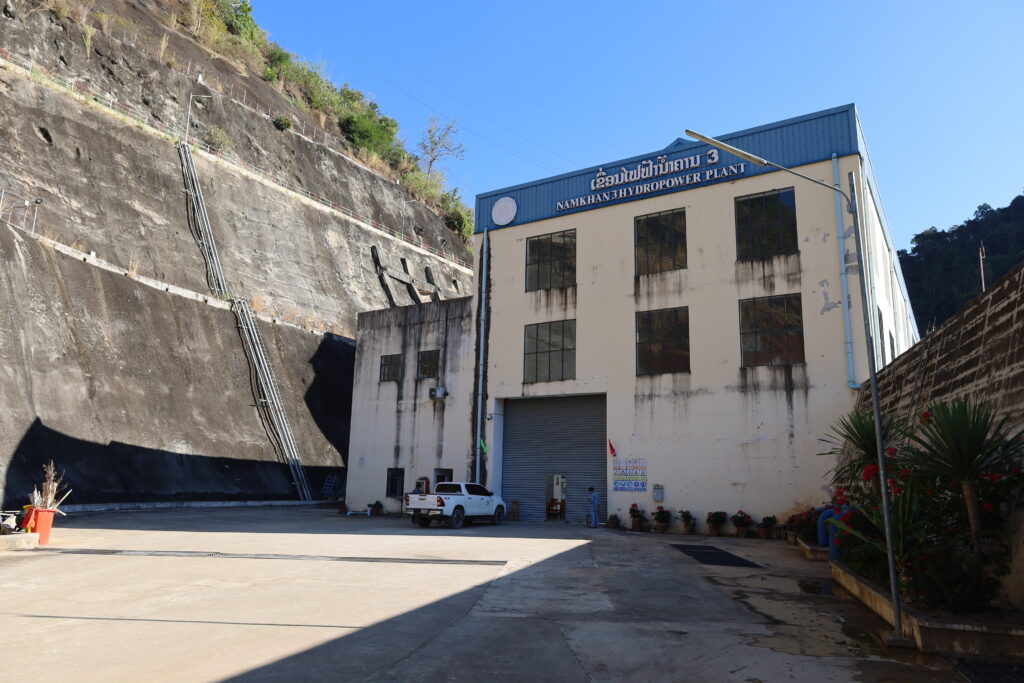
Designed to secure a stable electricity supply for the growing demands of northern Laos, the Nam Khan 3 Dam is considered a cornerstone of the region’s energy infrastructure, which supports the booming tourism sector in Luang Prabang province.
Laos has invested heavily in hydropower over the past decade, with 76 hydropower dams in operation and 43 more under construction as of early 2023, according to the Stimson Center.
The government is banking on these projects to help achieve its renewable energy goals and to position the country as the “battery of Asia.”
Thirteen dams have been built on Mekong tributaries in China and Laos. The latter dams generate electricity for export to Thailand.
However, these developments have sparked criticism from civil society groups in Thailand and beyond, who argue that the environmental and social impacts – especially those affecting neighboring countries – have not been adequately addressed.
“Relocation was a significant challenge, but we prioritized fairness and support for the families affected,” said Sengchan Xayavong, Director of the Nam Khan 2 and 3 Hydropower Plants at EDL-Gen.
To ease the transition, EDL-Gen organized training programs for the displaced communities, focusing on practical skills such as farming, fishing and livestock care. Additionally, healthcare initiatives, including free bird flu vaccinations, were launched for relocated families.
“Supporting the resettled residents goes hand in hand with boosting environmental conservation, which is integral to the Nam Khan 3 Hydropower Plant’s operations,” Sengchan added. EDL-Gen has conducted activities such as fish releases, tree planting and waste collection campaigns in collaboration with local communities.
The efforts have been met with optimism from some villagers. Kai*, a young resident from Phongkham village, welcomed the benefits of reliable electricity, which was a significant improvement over the unreliable power supply before the dam.
“Life was hard before the dams. Now, with stable electricity, Luang Prabang is better equipped as a tourist destination,” Kai said.
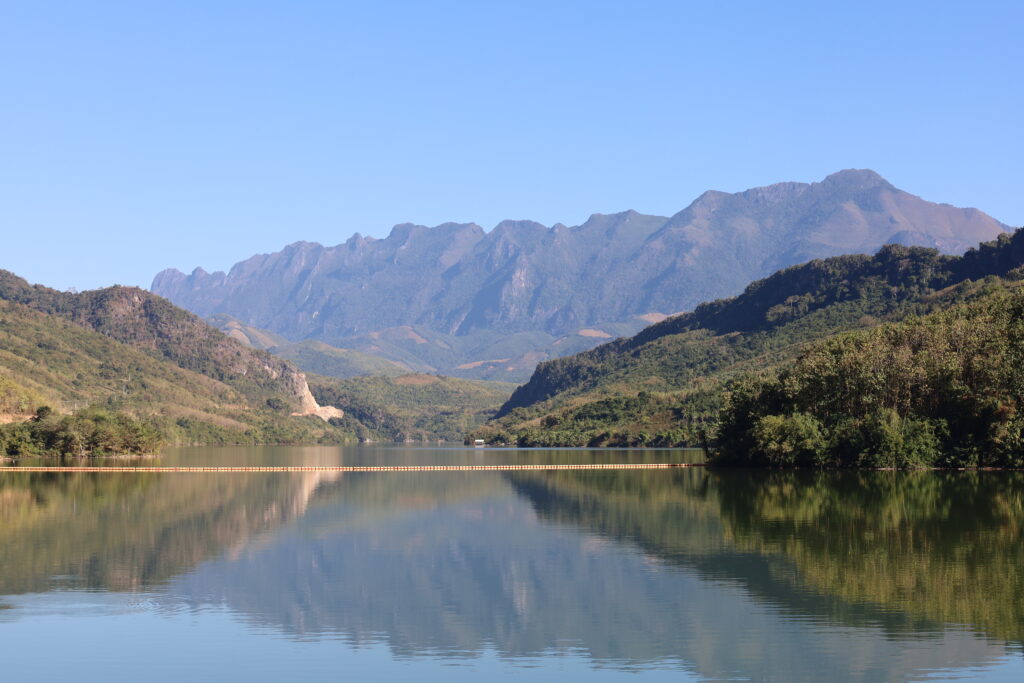
Looking to the future, EDL-Gen has envisioned the transformation of the area around Nam Khan 3 Dam into a major tourist destination. Sengchan draws inspiration from the Nam Ngum 1 Dam in Vientiane province, which has become a thriving tourist hotspot.
“With the vast space surrounding the Nam Khan 3 Dam, this area could attract significant tourism,” he said, adding that the dam is only about 29 kilometers southeast of Luang Prabang City. “The potential revenue could benefit not only EDL-Gen, but also the entire province.”
While the idea is still in its early stages, Sengchan is optimistic about its prospects. No detailed plans have yet been shared.
Additional reporting by Souliyasone Ngotsyoudom
*Pseudonyms are used for the safety of interviewees.
This story was first published in the Laotian Times and edited by Mekong Eye’s editorial team for clarity. It was supported by Internews’ Earth Journalism Network.


